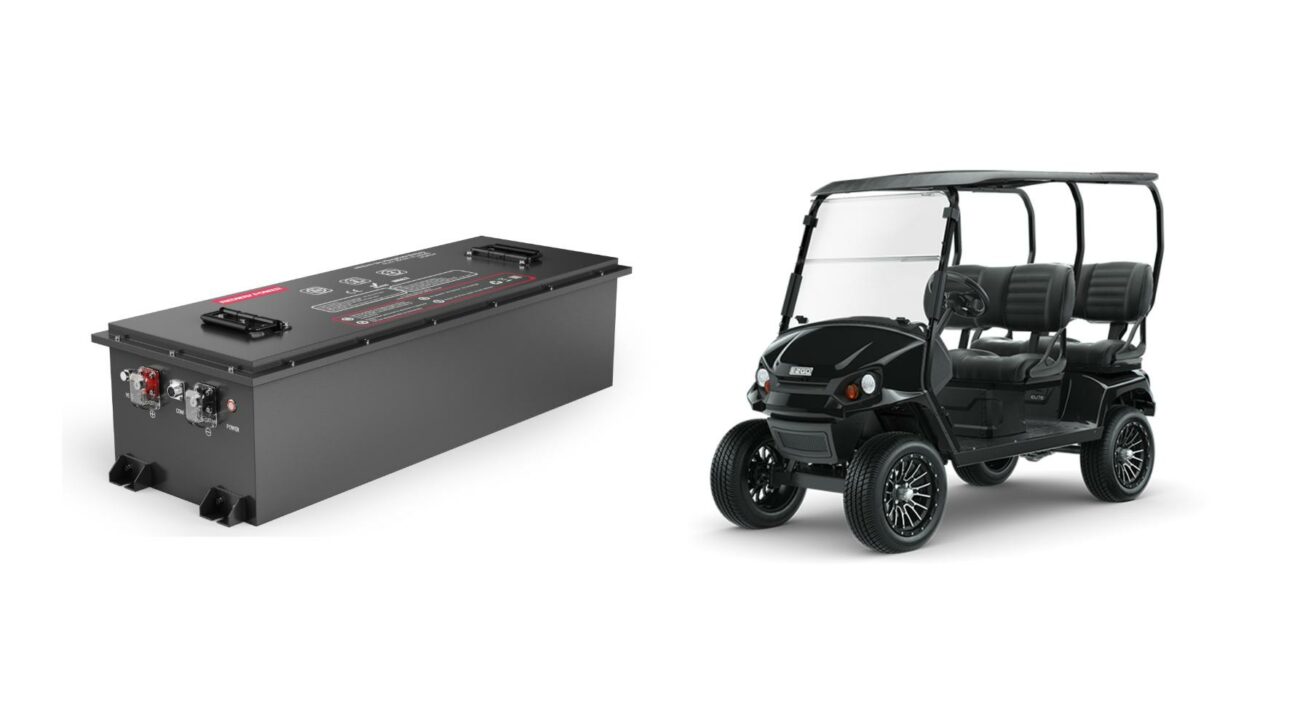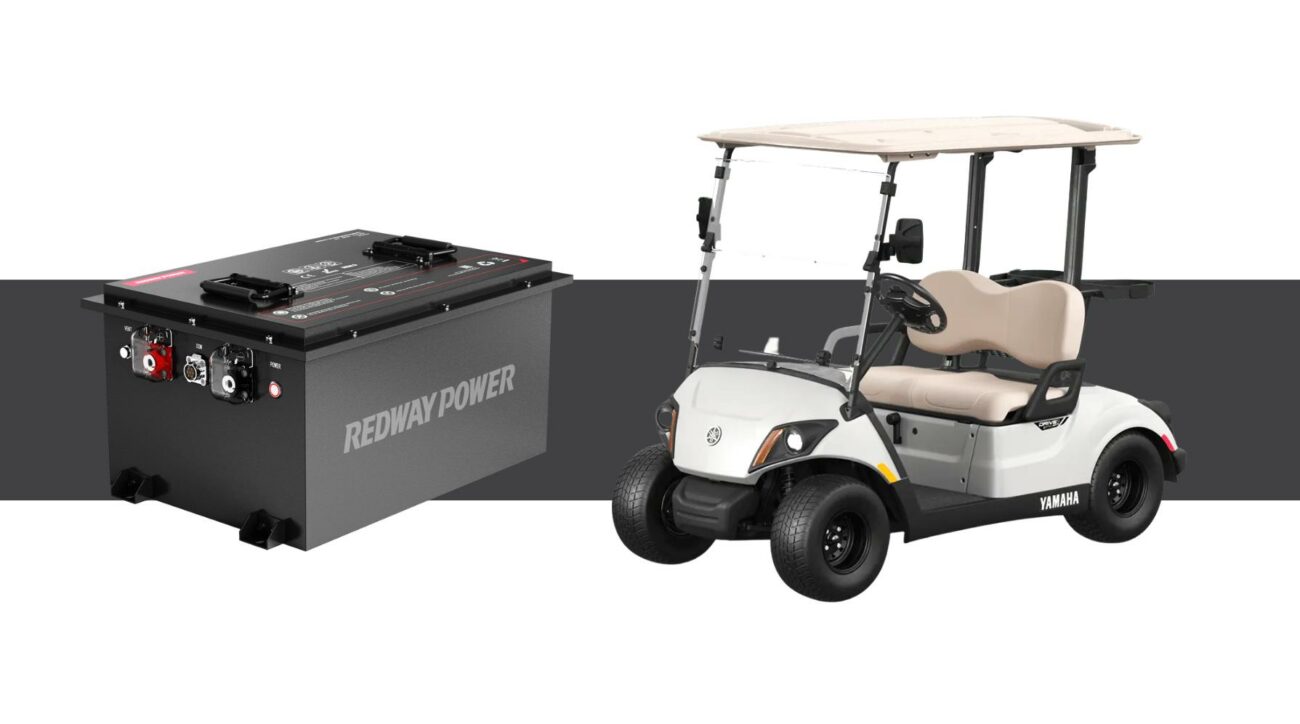36-volt golf cart batteries are deep-cycle batteries designed to power electric golf carts. Popular options include lead-acid (flooded, AGM, gel) and lithium-ion batteries. Top brands like Trojan, US Battery, and Redway Energy offer reliable 36V systems. Key factors when purchasing are battery lifespan (4-6 years for lead-acid, 10+ for lithium), voltage compatibility, and maintenance needs. Prices range from $800–$2,500 depending on type and brand.
48V 160Ah Lithium Golf Cart Battery
What Are the Key Differences Between Lead-Acid and Lithium-Ion Batteries?
Lead-acid batteries are cost-effective but require regular maintenance and have shorter lifespans. Lithium-ion batteries offer 3x longer lifespan, faster charging, and zero maintenance but cost 2-3x more upfront. Lithium models are 50% lighter and maintain consistent voltage output, unlike lead-acid batteries, which experience voltage drop as they discharge.
While lead-acid batteries dominate the market due to lower initial costs, lithium-ion technology provides superior long-term value. A typical lead-acid battery requires water replenishment every 30 days and loses 15-20% capacity annually. In contrast, lithium batteries maintain 90% capacity after 2,000 cycles. Golfers needing frequent hill climbs benefit from lithium’s stable voltage curve delivering consistent torque. For budget-conscious buyers, AGM lead-acid batteries strike a middle ground – maintenance-free operation at 30% higher cost than flooded models but half the price of lithium alternatives.
| Feature | Lead-Acid | Lithium-Ion |
|---|---|---|
| Cycle Life | 500-800 cycles | 3,000-5,000 cycles |
| Weight | 60-75 lbs each | 30-40 lbs each |
| Charge Time | 8-10 hours | 2-4 hours |
Why Are Lithium-Ion Batteries Gaining Popularity for Golf Carts?
Lithium-ion batteries reduce weight by 100+ lbs, improving cart speed and hill-climbing. They charge 70% faster (2-3 hours vs. 8-10 for lead-acid) and operate efficiently in -20°F to 140°F ranges. Redway’s 36V lithium series delivers 120+ miles per charge, doubling lead-acid performance. Federal tax credits for eco-friendly upgrades further drive adoption.
The shift toward lithium stems from operational cost savings despite higher initial investment. A golf course replacing lead-acid batteries annually spends $4,500 over five years versus $3,200 for a single lithium pack. Advanced battery management systems (BMS) in lithium units prevent overcharging and balance cell voltages automatically. Municipalities like Palm Springs report 40% reduced maintenance costs after switching fleets to lithium. The technology also enables regenerative braking integration, recapturing 10-15% energy during downhill runs. As solar charging stations become common at courses, lithium’s 95% charge efficiency maximizes renewable energy utilization compared to lead-acid’s 80% efficiency ceiling.
How Do You Troubleshoot Common 36V Battery Issues?
If batteries won’t charge, check corroded terminals or faulty chargers. Reduced runtime indicates sulfation in lead-acid models—try desulfation mode. For lithium packs, reset the BMS via hard reboot. Voltage drops below 32V under load signal failing cells. Redway technicians recommend load testing individual batteries monthly to identify weak units early.
Modern lithium golf cart batteries aren’t just about longevity—they redefine performance metrics. Our Redway RLFP-36 series achieves 98% energy efficiency, a 40% improvement over lead-acid. With integrated IoT diagnostics, users can predict cell failures months in advance. The future lies in modular designs where users swap degraded cells instead of entire packs, cutting costs by 60%.” – Redway Energy Chief Engineer
FAQ
- How long do 36V golf cart batteries last?
- Lead-acid lasts 4-6 years; lithium-ion lasts 10+ years with proper care.
- Can I mix old and new batteries in my golf cart?
- No—mixing ages causes uneven performance and accelerates failure.
- Are lithium golf cart batteries safer than lead-acid?
- Yes. Lithium batteries are sealed, non-spillable, and include thermal runaway protection.






